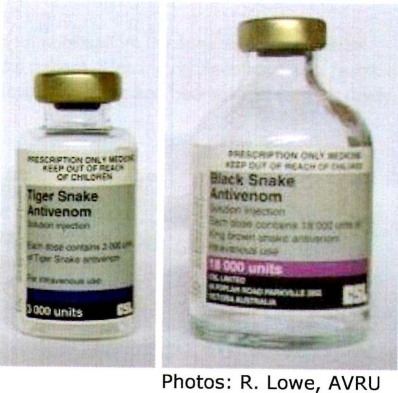TREATING SPIDER BITE
/Bite Prevention
 Spiders do not set out to harm people. A common sense approach will reduce the chances of your being bitten by a spider, and in most cases, prevent it from happening. Wearing suitable footwear and gloves while gardening and exercising caution when moving things around your shed or garden are examples of simple precautions that should be taken.
Spiders do not set out to harm people. A common sense approach will reduce the chances of your being bitten by a spider, and in most cases, prevent it from happening. Wearing suitable footwear and gloves while gardening and exercising caution when moving things around your shed or garden are examples of simple precautions that should be taken.
SEEK MEDICAL ADVICE IF BITTEN BY A SPIDER OF ANY TYPE
First Aid
The vast majority of spiders are harmless to humans. A bite from most spiders will heal quickly, producing very few side effects. Even the more dangerous spiders in Australia rarely produce effective envenomations. (People react differently. The type of reaction depends upon a number of factors that range from the size of the spider, to the size of the person.) On most occasions, first aid will not be necessary for spider bite victims. However, it is always best to be cautious. Suspected bites by Funnel-webs and Red-backs should always be taken seriously and medical advice should be sought immediately. The pressure-immobilization method should only be used in the treatment of a Funnel-web Spider bite.
First Aid for a Funnel Web bite only Technique developed by the Commonwealth Serum Laboratory
1 Remove the patient from danger. DO NOT attempt to catch the Funnel Web, but note any distinguishing characteristics that will assist with its positive identification.
2 Reassure the patient, keeping them as calm and as still as possible. Do not clean or even wipe the bite. Any residue of venom from skin or clothing can be used by medical staff for positive identification of the offending spider.
3 Apply a broad, firm bandage directly over the bite and as far up the limb as possible, remembering to keep the limb still. Even removing clothing would cause movement which must be avoided. The same tension that you would use for a sprained ankle is enough; the aim is to restrict the lymph flow and not restrict the blood flow. The bandage should be able to be tolerated comfortably for some hours if necessary. (Creep bandages are the most ideal but torn up clothing could also be used).
4 immobilize the limb by applying a splint, over clothing if necessary. A bitten arm can be immobilized using a splint and a sling; an effective method of immobilizing a bitten leg is to bind it to the patient’s other leg.
5 Call an ambulance and be sure to give precise directions as to your location. Bring transport as close to the victim as possible.
6 Ask the patient questions to obtain a brief medical history: e.g. Is the patient an asthmatic? Are they using any medication? This information may be important.
7 DO NOT give alcohol under any circumstances. If respiration stops, administer mouth-to-mouth resuscitation.
8 The pressure bandage should not be removed except by medical staff.
Keeping the victim still and calm is one of the most important actions. Panic only hastens the spread of the venom through the lymphatic system and also makes it difficult for medical staff to separate the symptoms of Funnel Web bite from shock. Antivenoms are now available for funnel web bites. With prompt action, proper first aid and medical treatment, surviving even the most serious of Funnel Web bites is a high probability.







